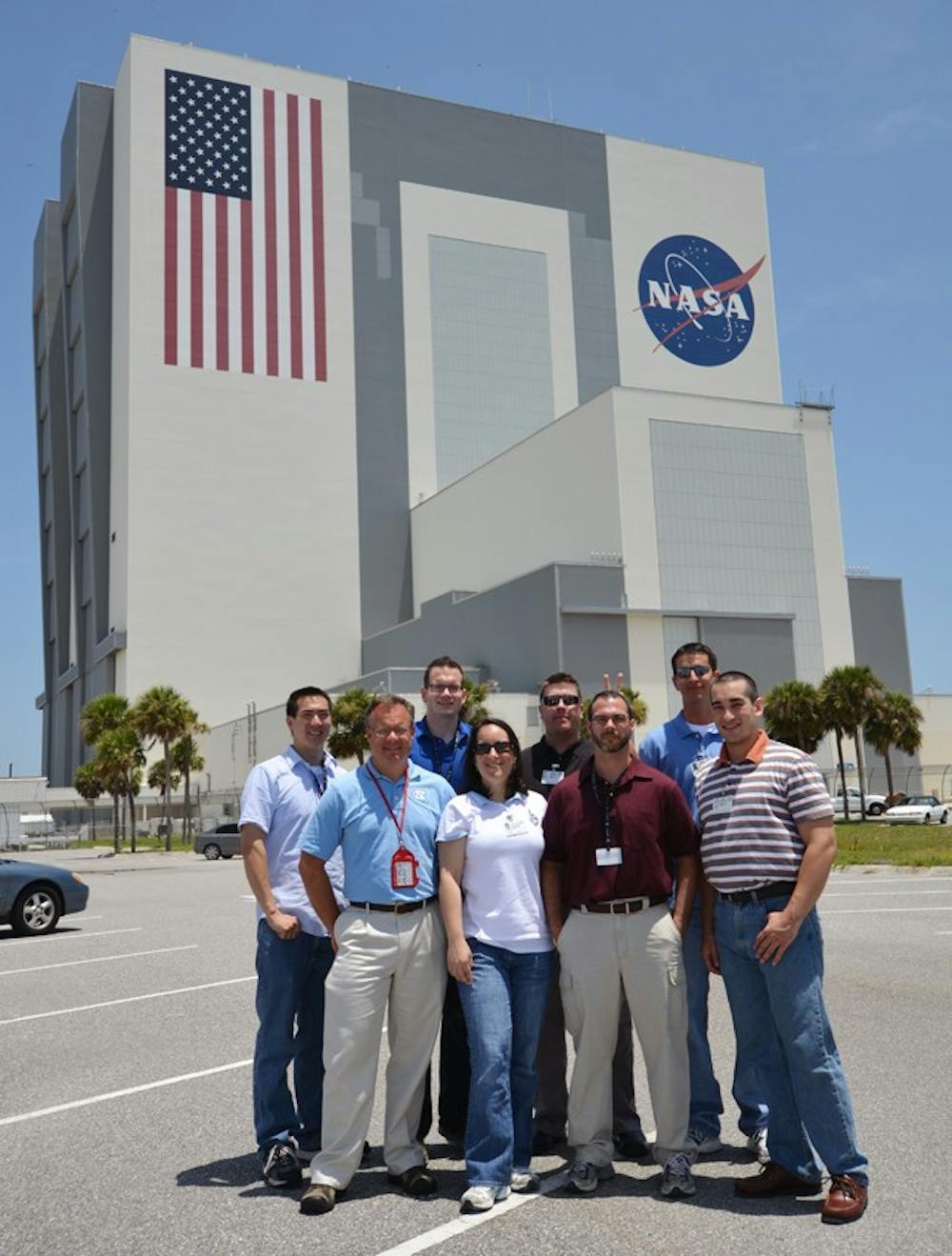The University is leaving its mark, however tiny, on NASA’s last space shuttle mission.
Last week, Ted Bateman, a biomedical engineering professor, sent 30 mice into space on STS-135, the last space shuttle NASA will ever launch.
The project is aimed at helping find a cure for osteoporosis, while using microgravity as an accelerated model for bone loss.
“This is the last space shuttle mission ever, and to know that a UNC research professor has cutting edge research on board is incredible,” said Jonathan Frederick, an organizer of Carolina Science Cafe, a monthly research education program.
On the shuttle, the mice are being treated with a drug expected to prevent bone loss or help promote new bone formation to make the skeletal system stronger.
“Bone loss in space is quite rapid compared to what a post-menopausal women would experience here on Earth,” Bateman said.
In addition to the mice in space, 30 other mice are in Kennedy Space Center in Florida with the same temperature, humidity and carbon dioxide levels as space.
“Testing this drug in a new environment, in an extreme environment where you’ve got accelerated osteoporosis, just gives them another piece of the puzzle of getting a drug FDA approval,” Bateman said.
Denise Young, director of education programs at Morehead Planetarium and Science Center, said Bateman’s experiment is one of the few life science experiments being conducted on the shuttle.




